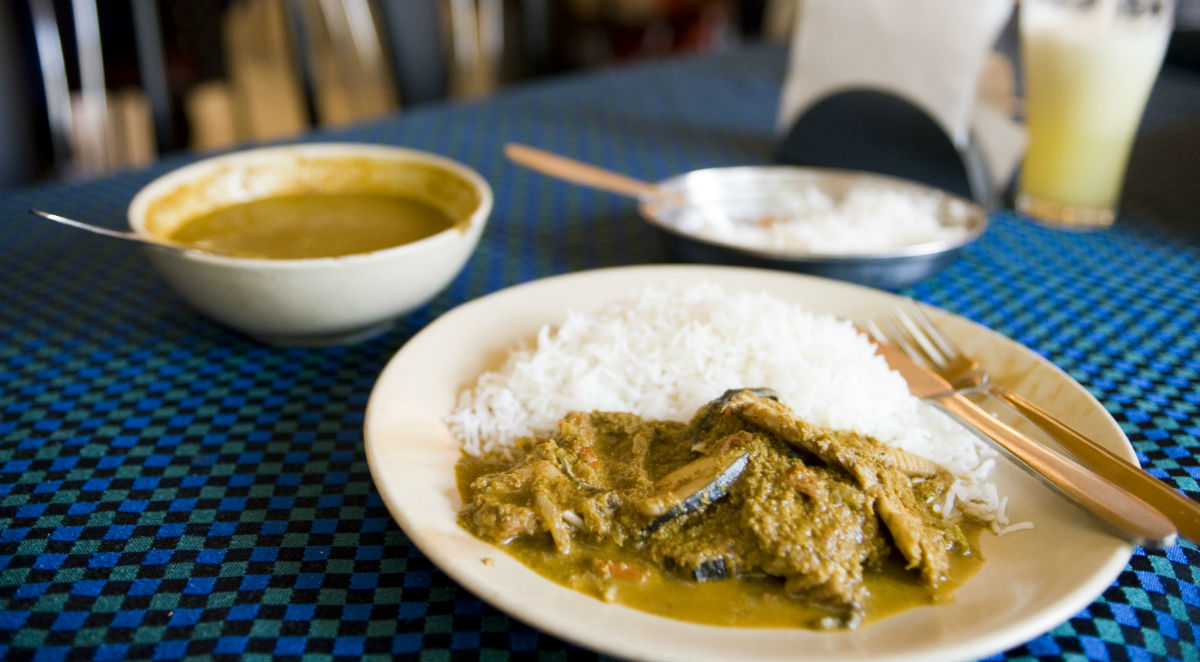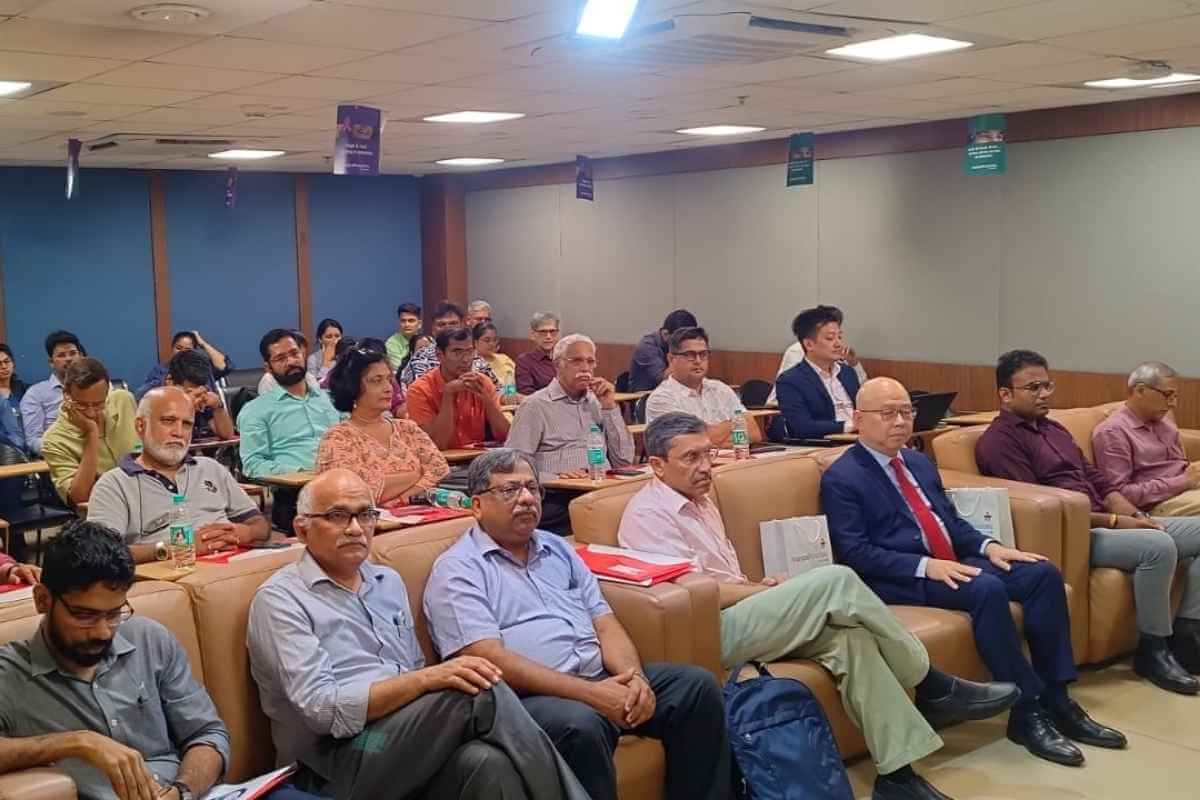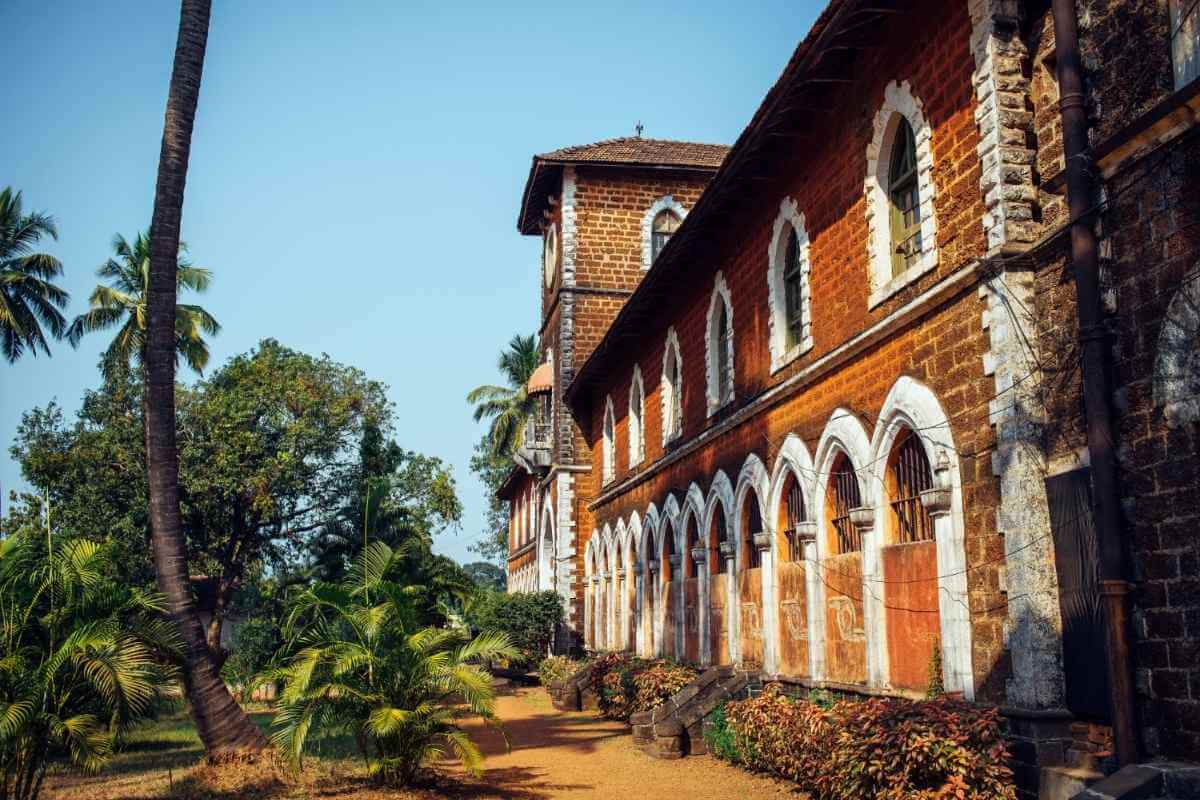With a government fishing ban of 2 months to be implemented in the State and restricted imports of fish from neighboring states in light of the formalin scare, Goan fish lovers have to curb their fish intake for the season. Furthermore, hotels and restaurants cash in as shacks dismantle at the end of May
The end of a tourist season and the onset of the monsoons may bring a respite for the locals, but the fishing ban means they have to curb their staple fish intake.
According to a Times of India report, the 61-day fishing ban which comes into effect from June 1 concludes on July 31. The two-fold reason for the ban which came into force in 1981 is to protect the overloaded Goa’s marine ecology and to avert any disasters from fishermen venturing out into the rough seas during the monsoons. “Marine biologists blame overfishing and excessive use of sophisticated trawlers, especially by exporters, and marine pollution leading to a dip in the oxygen levels” the report states.

According to this source, the fishing trawlers lobby is unhappy with the ban as it means a loss of income for two months. They have made several representations to the government to reduce the ban period to no avail. However, traditional fishermen (ramponkars), with motorized boats of 10hp are allowed to continue fishing within 100kms.
According to The Hindu (Business Line), Some 28,000 local fishermen, look forward to the ban period because, during the rest of the year, trawlers do not leave much catch for them. And during the rains, relatively less fish reach the markets, so prices are high.
In fact river fish like ‘mudoshi’ and ‘tambdem bhalem’, which are in abundant supply during the monsoons, also make it to the domestic table during this period. Similarly artisanal fisheries and estuarine fish also supplement this lack.
However, for those who crave the big fish like pomphrets will have to wait it out for the season, particularly in the light of restricted imports of fish from neighboring states due to formalin scare. Earlier the monsoon slack would e supplemented by fish from Andhra Pradesh, Tamil Nadu and Puducherry where the fishing ban ends on June 14.
According to the Hindustan Times, “The fish prices have doubled- tripled in the last three years. A single mackerel would which we brought for 5 rupees now costs 20-25 rupees. It is ironical that people come to Goa for seafood while the locals cannot afford their staple fish.”

Hotels and restaurants are also facing flak due to the ban. According to the Times of India, they say “It is already difficult for us to keep prices constant. We cannot raise the prices immediately, but how long can we take the burden.” However, the South Goa Hotel and Restaurant Owners Association agree to the ban reasoning that whatever fish is there in Goa is enough to sustain the Goans.
The start of the ban and the end of the tourist season also means that shacks lining the Goa coast are being dismantled before the May 31 deadline. Alternately, it spells good news for hotels and restaurants as shacks were, during the season, taking a big margin out of their profits. Now with them gone, the hotels and restaurants can cash in.
According to a Times of India report, most of the shacks have been dismantled before the deadline of May 31, according to the beach policy mandate. However, those in Calangute, Candolim and Baga area are allowed to continue till May 31 as this area sees an influx of domestic tourists during May. They are given a grace period of 10 days till June 10 to dismantle and clear the materials from the beach.
A tourism official has confirmed that 80% of the shacks have been dismantled. “Beach wardens and supervisors have been directed to see that no shack continues operations after May 31.” It may be recalled that three years ago many shack operators suffered heavy losses due to rise in water levels mid-season particularly in North Goa like Arambol, Morjim, Keri.
Image Source: Indian Express

























